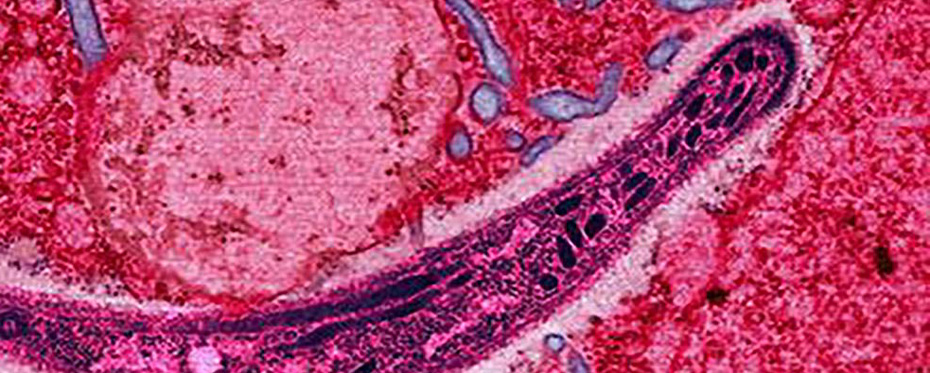Tag: drug resistance
Computational biology: How mathematical modelling can help cure cancer

Understanding how living cells work is difficult due to the number of varied and complex processes occurring in them. This complexity can be elucidated by breaking these processes down into simpler components and focusing on a particular mechanism. One approach to this study is to use mathematical equations – the basis of computational modelling. Dr Susan Mertins, the founder and […]
Read More… from Computational biology: How mathematical modelling can help cure cancer
Chemical synthesis to tackle tuberculosis

Tuberculosis (TB) – the world’s most deadly bacterial infectious disease – kills around 1.5 million people every year, and its treatment remains challenging. Dr Jeffrey Buter at the University of Groningen, the Netherlands, has been researching the chemical biology of Mycobacterium tuberculosis (Mtb), the parasite that causes TB. Buter believes that understanding the structure–activity relationship of the components, in particular […]
Exosome microRNAs as liquid biopsies for the monitoring of prostate cancer

Neuroendocrine prostate cancer (NEPC) is a highly aggressive variant of prostate cancer that emerges in response to hormone therapy. Dr Sharanjot Saini and her staff, from the Medical College of Georgia at Augusta University, USA, are studying exosomes – nano-sized vesicles that transfer lipids, proteins, or genetic information between cells. These could be used as a source of biomarkers to […]
Read More… from Exosome microRNAs as liquid biopsies for the monitoring of prostate cancer
The silent pandemic: Addressing antimicrobial resistance

Antimicrobial resistance (AMR) is a silent pandemic that poses a huge threat to global health and development. The World Health Organization and its partner organisations are seeking to raise awareness of the issue. One approach is through annual monitoring of progress through the Tripartite AMR Country Self-Assessment Survey (TrACSS), for which the 2021 results are now available, www.amrcountryprogress.org. While significant […]
Read More… from The silent pandemic: Addressing antimicrobial resistance
AMP-activated kinase as a therapeutic target in prostate cancer

Pharmacological treatment of prostate cancer has advanced significantly in recent years. However, while the newest therapies are initially effective in reducing tumour size, most patients eventually develop drug resistance and the recurrence of malignant spread. Professor Inés Díaz-Laviada and her team at the Alcala University in Madrid, Spain, have demonstrated that long-term treatments may induce the transformation of cancer cells […]
Read More… from AMP-activated kinase as a therapeutic target in prostate cancer
Using a computer to fight malaria: Finding new artemisinin-based combination therapies

Malaria still claims the lives of hundreds of thousands of people a year and the World Health Organisation identifies half the world’s population at risk from the disease. Even more worryingly, an increasing number of malaria strains are showing signs of drug resistance to existing treatments. One approach that still seems to be effective is the use of artemisinin-based combination […]